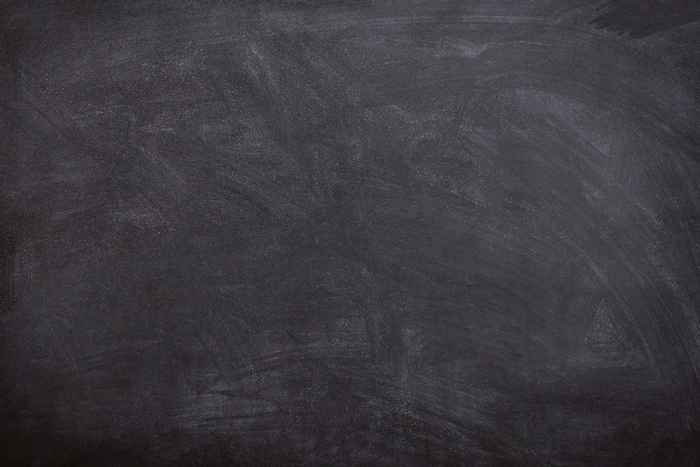Fall 2016 Renormalisation, Effective Field Theory and AdS/CFT
Advanced Topics in Theoretical Physics
- Start date
- 12 September 2016
- End date
- 19 December 2016
- Time
- 11:00
This is an advanced master level course, also suitable for PhD students and postdocs. This Fall semester course will be divided into three 5-weeks modules. For each module there are four lectures (3 hrs) and four exercise sessions (3 hrs). At the end of each modules there is an exam.
PhD students are not obliged to do the exams, which are meant for Master students who intend to use this course as part of their Master Program.
Please note that to get the full 6EC credit, students must take the exam for each of the three modules. The final grade is the average of the three exams.
Summary
|
Module 1: Effective Field Theory - Wouter Waalewijn (UvA) |
Lectures will take place on Mondays starting 12 September at 11:00 - 12:45, followed by a study/exercise session 13:15 - 17:00. The location of this semester's course will be University of Amsterdam (UvA).
Please note that the lecture rooms vary throughout the course.
Module 1: Effective Field Theory - Wouter Waalewijn (UvA)
Lectures: Sep 12, 19, 26, Oct 3
Room: G0.05
EXAM: Oct 10
Effective field theory is a powerful approach to describe physical processes involving significantly different scales in quantum field theory. It has been applied in a wide range of contexts, ranging from particle physics to cosmology. The construction of effective field theories will be discussed in detail, and involves power counting and symmetries. The renormalization group equation will be exploited to sum large logarithms that arise from the hierarchy between scales, which could otherwise spoil predictions. Particular examples that will be studied are Fermi’s theory of the weak interactions, chiral perturbation theory, and effective field theory for physics beyond the Standard Model.
Module 2: Renormalization Group Methods, Henk Stoof (UU)
Lectures: Oct 17, 24, 31, Nov 7
Location: Room G0.05 (Oct 17, 24), Room B0.203 (Oct 31, Nov 7, 14)
EXAM: Nov 14
Renormalization-group theory was originally developed for the understanding of critical phenomena near a classical phase transition, i.e., a phase transition due to thermal fluctuations. Nowadays, however, it is an indispensable tool for (quantum) field theory in general, both in the context of elementary-particle physics as well as condensed-matter physics. In Module 2 of this course, we will give an introduction to this important topic in theoretical physics, focusing mostly on its applications to classical and quantum phase transitions where there turns out to be a particularly strong connection with Modules 1 and 3 of this course.
Module 3: The AdS/CFT Correspondence and Applications - Koenraad Schalm (UL)
Lectures: Nov 21, 28, Dec 5, 12
Room: B0.203
EXAM: Dec 19
The anti-de Sitter/ Conformal Field theory correspondence provides a unique novel perspective on critical phenomena at second order quantum phase transitions in systems with spatial dimensions d>1. The first half of these lectures will provide technical background to apply the so called "holographic" techniques of the correspondence. The second half discusses the application to quantum phase transitions in condensed matter: how spontaneous symmetry breaking in a quantum critical system is similar and different to the standard case, the notion of semi-local quantum liquids and their connection to non-Fermi liquids and strange metals.
Literature:
These lectures will be based on selections from
- J. Zaanen, Y.Liu, Y-W.Sun, K. Schalm, Holographic duality in condensed matter physics, Cambridge University Press.
Additional references are:
- J. Erdmenger, Introduction to gauge gravity duality, Chapters 1,2,4,5,6.
- S.A. Hartnoll, Lectures on holographic methods for condensed matter physics, Class. Quant. Grav. 26, 224002 (2009).
- N. Iqbal, H. Liu and M. Mezei, Lectures on holographic non-Fermi liquids and quantum phase transitions
Contact
Dr. Koenraad Schalm
Institute-Lorentz for Theoretical Physics | Leiden University | Niels Bohrweg 2 | 2335 CA Leiden
